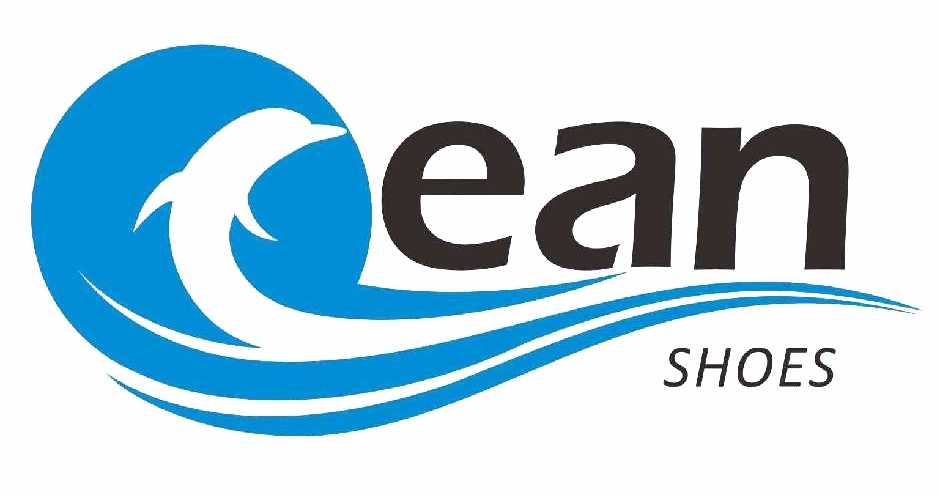Navigating Common Questions About Support OEM/ODM
Explore the ins and outs of Support OEM/ODM to clear up common queries and enhance your business strategy.
Release time:
2025-08-02
Understanding Support OEM/ODM
In the bustling world of manufacturing, the terms OEM (Original Equipment Manufacturer) and ODM (Original Design Manufacturer) are often thrown around like confetti at a parade. But what do they really mean, and how can companies support OEM/ODM partnerships? Let’s dive into the nitty-gritty!
What’s the Difference?
First off, let’s clear the air! OEMs generally produce products based on the specifications provided by another company, while ODMs not only manufacture but also create designs for products. Think of it this way: an OEM is like a chef following a recipe, while an ODM is the culinary artist who invents a new dish!
Why Support OEM/ODM?
Alright, you might be wondering, "Why should I even care about supporting these models?" Well, here’s the scoop: partnering with OEMs and ODMs can boost your business efficiency, reduce production costs, and help you bring innovative products to market faster. It’s a win-win!
Common Questions About Support OEM/ODM
Let’s tackle some frequently asked questions that many businesses have when looking to support OEM/ODM partnerships:
1. How Do I Choose the Right Partner?
Choosing the right OEM or ODM is like dating—don't rush it! Look for manufacturers with a strong track record, good communication skills, and a willingness to adapt to your needs. Reviews and referrals from other businesses can be golden nuggets of information!
2. What Are the Costs Involved?
Costs can vary significantly based on the complexity of the product and the manufacturer’s capabilities. It’s crucial to have a transparent conversation about pricing to avoid any surprise bills later on. Always ask for a quote and get everything in writing!
3. How Do I Ensure Quality Control?
Ah, the age-old dilemma! Quality control is paramount when supporting OEM/ODM. Establish a clear quality assurance process. Regular inspections, sample testing, and open communication about standards can help keep quality in check. Remember, the last thing you want is a product recall!
4. What’s the Lead Time?
Lead time can be a tricky beast. It depends on various factors, including material availability and production schedules. Always inquire about lead times upfront and work on building a buffer into your timeline. Patience is a virtue, but it doesn’t hurt to be proactive!
5. Can I Make Changes During Production?
Of course! But be careful. Making changes mid-production can lead to delays and extra costs. It’s best to have a clear outline of your product specifications before the manufacturing process kicks off. Still, a good OEM or ODM will be flexible enough to accommodate minor tweaks.
Final Thoughts
Supporting OEM/ODM partnerships can be a game-changer for businesses looking to innovate without breaking the bank. By understanding the ins and outs and addressing common questions upfront, you’ll be well on your way to a successful partnership. So, roll up your sleeves, get out there, and start exploring the world of OEMs and ODMs!
Related News
2025-08-02
Navigating Common Questions About Support OEM/ODM
Explore the ins and outs of Support OEM/ODM to clear up common queries and enhance your business strategy.
2025-08-01
Step into Summer: The Ultimate Guide to Children's Sandals
Discover the bestchildren's sandals for summer adventures! Our guide covers styles, tips, and more.
2025-07-29
Step into the Future: The Art of Shoe Processing
Discover the fascinating world of shoe processing, from design to production. Explore innovative techniques and trends.
2025-07-28
Navigating the Evolution of OEM/ODM Support in Today’s Industry
Explore the latest trends and insights in OEM/ODM support, and how businesses are adapting.



